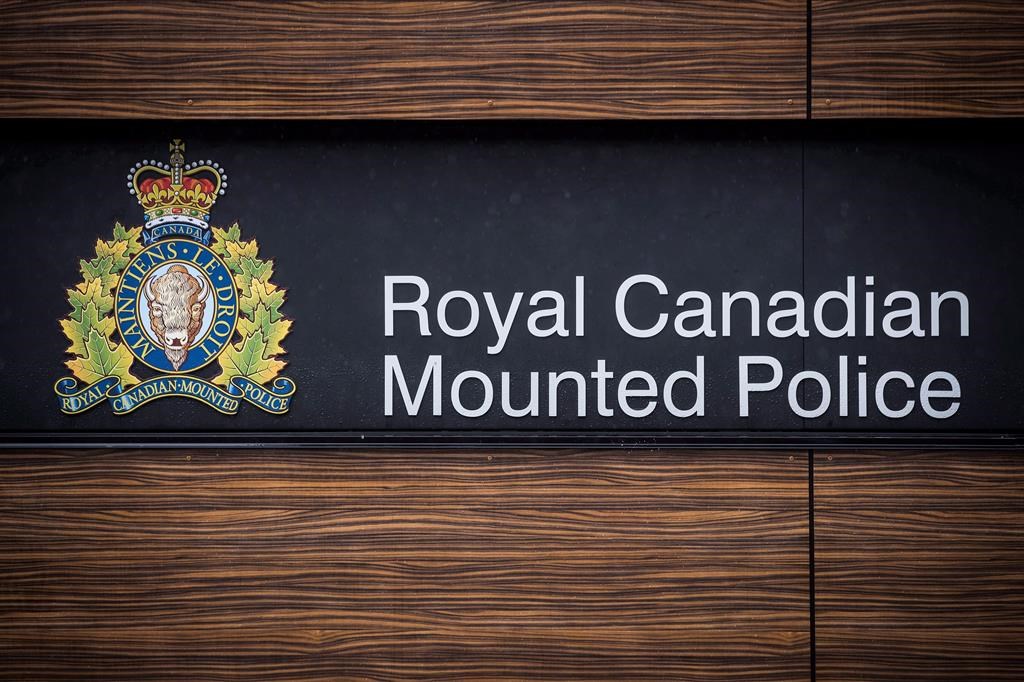New rules to cut greenhouse emissions from trucks, phased in over four years
Posted Feb 25, 2013 10:26 am.
This article is more than 5 years old.
MISSISSAUGA, Ont. – The federal government says new regulations for heavy-duty trucks will cut greenhouse-gas emissions and give truckers a break on fuel costs.
The Environment Department says the regulations will be phased in between now and the 2018 model year and will produce a cumulative reduction of 19.1 megatonnes of greenhouse emissions over the life of 2014-2018 model year vehicles.
The regulations will cover vehicles such as full-size pick-ups, semi-trucks, garbage trucks and buses, and will align with U.S. standards.
“With these tough new measures, GHG emissions from 2018 model-year heavy-duty vehicles will be reduced by up to 23 per cent,” Environment Minister Peter Kent said in a release.
The department says improved fuel efficiency will mean an average saving of up to $8,000 a year for a semi-truck operator in a 2018-model vehicle.
For heavy-duty pick-ups and vans, the department estimates fuel savings of up to $1,200 a year for the 2018 model-year, while vehicles such as buses, freight, delivery, service, cement, and dump trucks, could save up to $1,000 a year.
The release doesn’t say how much these regulations will cost manufacturers.
However, it says truck makers will be able to use currently available, off-the-shelf technologies such as fuel-efficient engines and aerodynamic cab designs to meet the standards. And it says the fuel savings will offset any vehicle price increase.
“For all classes of heavy-duty vehicles, the payback period will be less than one year,” the department said.
It said the regulations are structured to allow more powerful vehicles to proportionally emit more greenhouse gases “to ensure that vehicles such as buses, garbage trucks and snow removal trucks can continue to perform at a high level.”
Environmental groups said the new rules don’t address the country’s real climate change problem.
P.J. Partington, climate policy analyst with the Pembina Institute, said the latest announcement shows Canada is playing catch-up with the United States, which set similar standards in August 2011.
And, he said, there are bigger problems out there.
“Though necessary, today’s announcement doesn’t answer the real questions facing the Harper government. The world is waiting to hear how Canada will manage rapidly growing emissions from the oil and gas sector. Without much stronger action to hit our 2020 target, Canada is on the express track for another broken promise.”
Partington said nothing in the new rules moves the country closer to meeting international commitments.
“These rules are already factored into the government’s projections that say we will miss our target by over 100 million tonnes — more than the current emissions from every Canadian passenger car, truck and bus put together.”
Keith Stewart, Greenpeace Canada climate and energy campaign spokesperson, said the closely linked North American market means Canada has to copy the U.S. regulations.
“But if the Harper government wants to be taken seriously on climate change, they need to put a cap on our fastest rising source of greenhouse gas emissions: the tar sands.”










